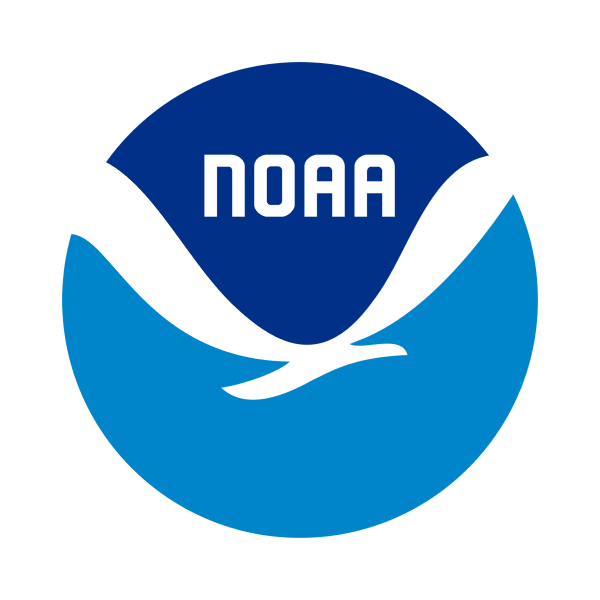The University of Hawai‘i Sea Grant College Program (Hawai‘i Sea Grant) collaborated with Hawai‘i Marine Animal Response (HMAR) to support the growth of their marine debris removal and education efforts.
Type of Project: NOAA Sea Grant-Marine Debris Program Partnership
Region: Pacific Islands
Project Dates: July 2021 - June 2022
Who was involved?
In partnership with NOAA Sea Grant and the NOAA Marine Debris Program, Hawai'i Sea Grant partnered with Hawai‘i Marine Animal Response to expand programmatic activities to enhance the long-term prevention of marine debris through the HMAR Marine Debris Program.
What was the project and why is it important?
Marine debris poses a large risk to the marine wildlife, ecosystems, and communities in Hawai‘i. Approximately, 40% of Hawaiian monk seal rescues and 25% of sea turtle rescues conducted by HMAR have been related to the entanglement and ingestion of recreational fishIng gear.
HMAR, with the support of Hawai‘i Sea Grant, worked to expand the activities of their Marine Debris Program with the goal to enhance the long-term prevention of marine debris. The project team developed new curricula for middle school students. Additionally, they worked to increase community participation in their ongoing citizen-science fishing debris removal program called BEAT DEBRIS. This project also bolstered Hawai‘i Marine Animal Response’s removal operations by supporting the maintenance, service, and data collection from 10 recreational fishing debris disposal bins at fishing locations across the island of O‘ahu. They also conducted in-water fishing debris surveys and removal dives to remove hooks, weights, and fishing line to minimize threats to marine wildlife.
What were the results?
In just one year, the HMAR team trained 55 divers through their existing Marine Debris Program and BEAT DEBRIS citizen-science program. Through both programs, the team and volunteers conducted 165 cleanup dives (1,134 hours) at various sites throughout the state of Hawai‘i. Through these efforts, HMAR removed 3,434 pounds of debris and 47,454 feet of fishing line. In addition to in-water cleanups the fishing debris disposal bins resulted in the prevention of 35 pounds of debris and 119,634 feet of fishing line.
The HMAR Education and Engagement team created a new learning guide and lesson plan, which the team then used to teach classes to students preschool through grade 12 about marine debris and its impacts on Hawai‘i marine species. In total, the team used this new lesson plan to reach a total of 472 students. In addition, HMAR attended a number of public outreach events focused on marine debris and engaged 1,235 individuals.
 An official website of the United States government.
An official website of the United States government. 
